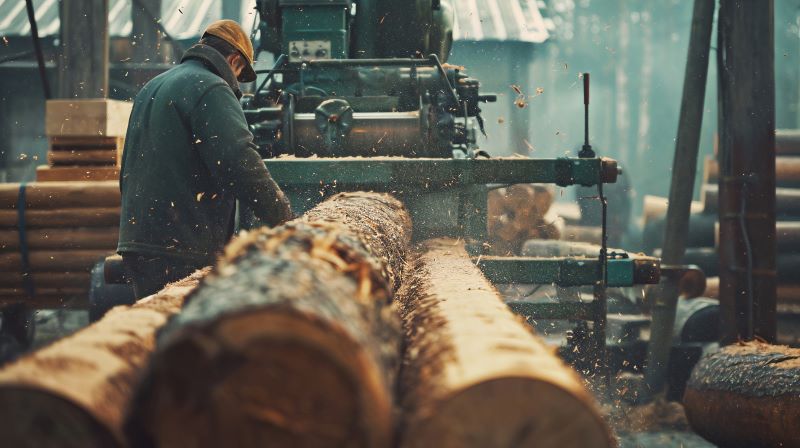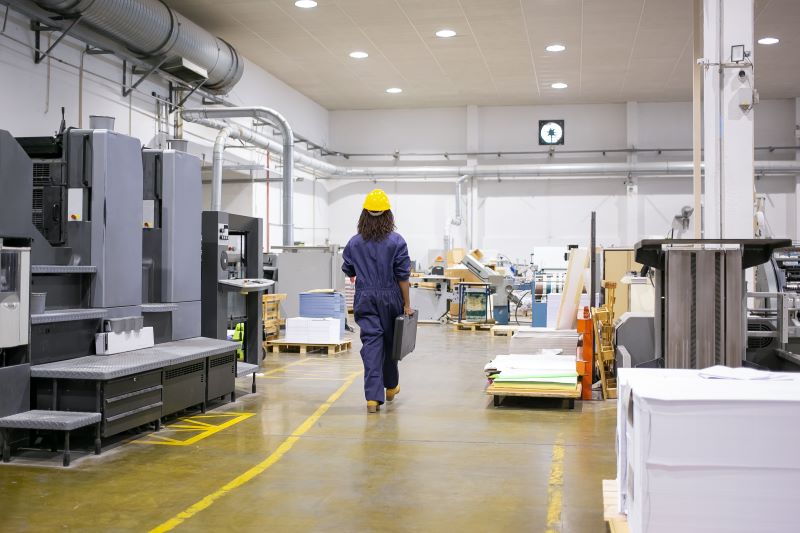If you’ve never heard of secondary recycling, here’s what you should know.
What is it?
There are three main types of recycling: primary, secondary, and tertiary. Primary recycling, also known as closed loop recycling, is the process of turning one thing into more of the same thing, like paper into more paper or soda cans into more soda cans. Secondary recycling means turning something into other things made of the same material in essentially the same form. Tertiary or chemical recycling, on the other hand, requires breaking materials down chemically to produce something very different.
The Classic Example: Tire Recycle
Tire recycling is a classic example of a secondary recycling process. It isn’t primary recycling, because the vast majority of recycled tires do not end up as new tires. Instead, they’re turned into other products made with rubber. And since there is no chemical change required like in tertiary recycling, the right machinery can turn a used tire directly into usable materials.
Why It’s Important
Reduces Waste
Recycling naturally reduces waste by keeping more things out of landfills, but secondary recycling is especially important because it means more and more items can be recycled into more and more different end-products. When recycling isn’t limited to things like aluminum cans that can be reproduced into themselves, the possibilities for recycling expand significantly. It also helps us get the most from materials that aren’t infinitely recyclable, making them go as far as possible before they reach the end of their recycling lifespan.
Fuels Innovation
While primary recycling lets you create more of the same product without using more natural resources, secondary recycling creates opportunities for finding new ways to incorporate materials from used products into things we already produce and into new things we may not have thought of before.
Saves Resources
Of course, secondary recycling saves natural resources, too. When recycling provides “new” sources of useful materials, there are fewer finite resources being used up in production. For example, shredding used tires for rubber provides a source for valuable rubber products without having to harvest more natural rubber or use resources to produce synthetic varieties.
Is Efficient
Secondary recycling can also be very efficient. It can take less time and equipment than processes that require you to chemically break down materials. The quicker you can turn an un-usable product into a usable one, the better. Conservation is the purpose of recycling after all, so saving energy makes recycling all the more worth it.
Why We Need More
Of course developers, entrepreneurs, and engineers should be working to find new recyclables and new ways to use them. But there also need to be more businesses engaged in the recycling processes that are available right now. With excellent technologies on the market, there are plenty of ways for recycling operations to expand their secondary recycling operations. The more secondary recycling processes we can develop and use, the better for consumers, for recycling businesses, and, of course, for the world.




